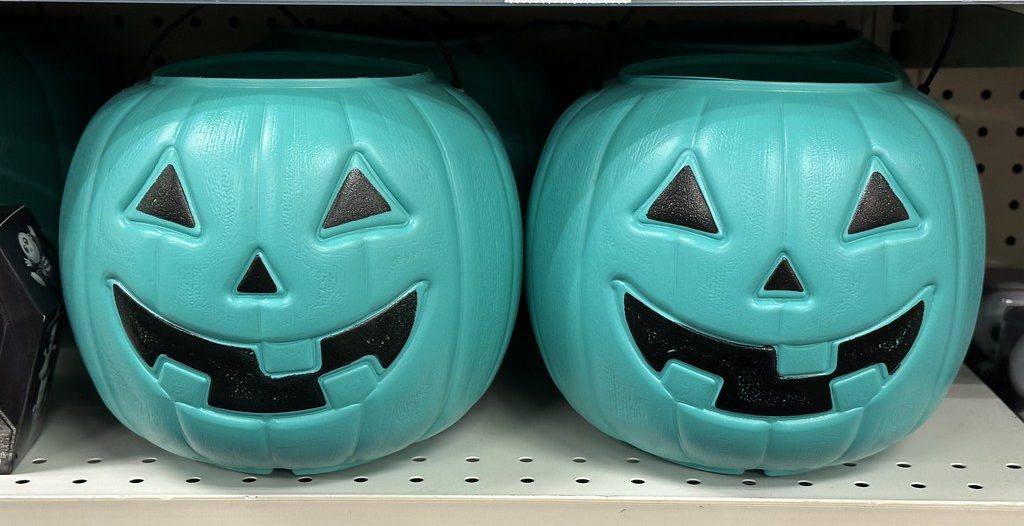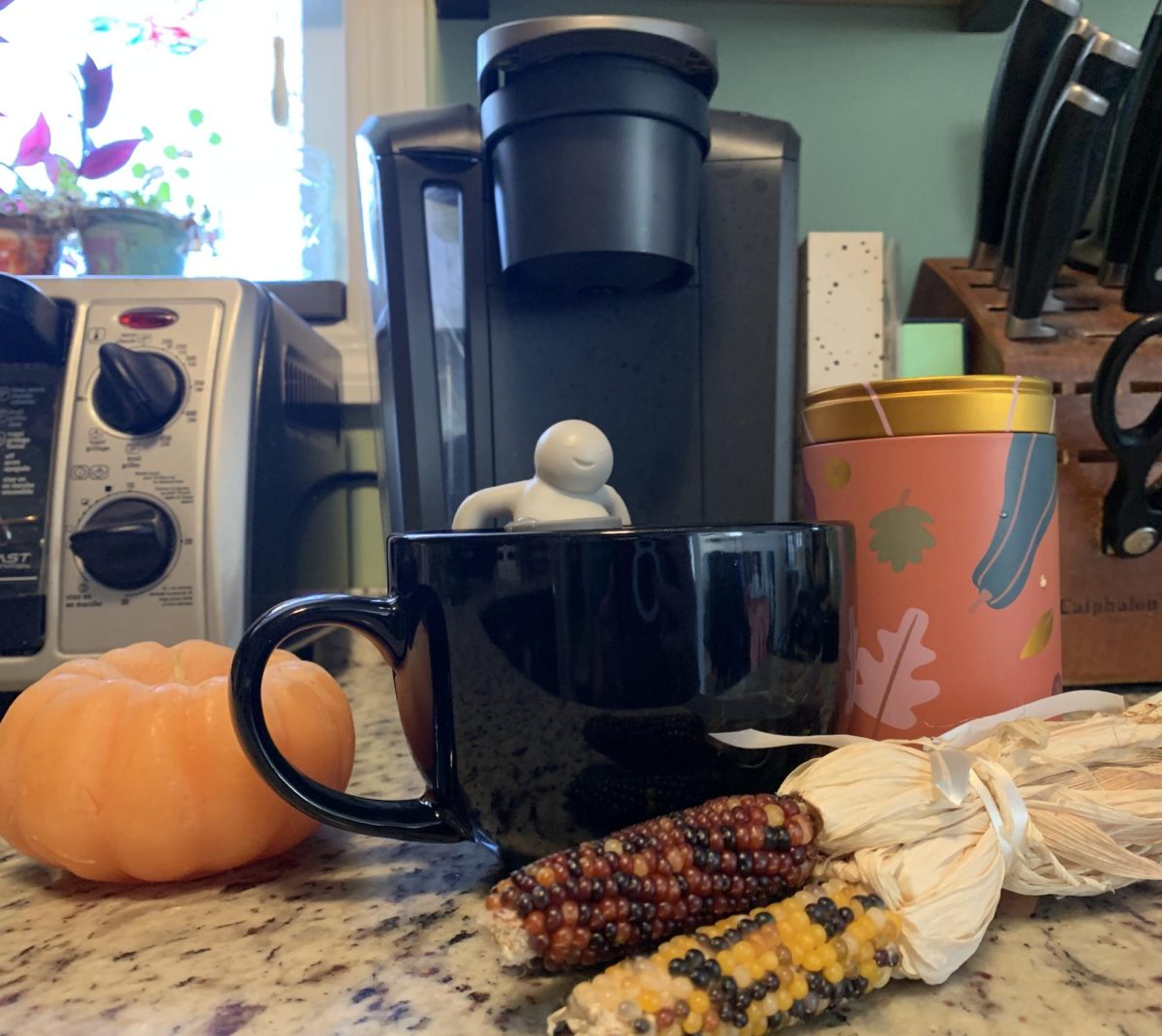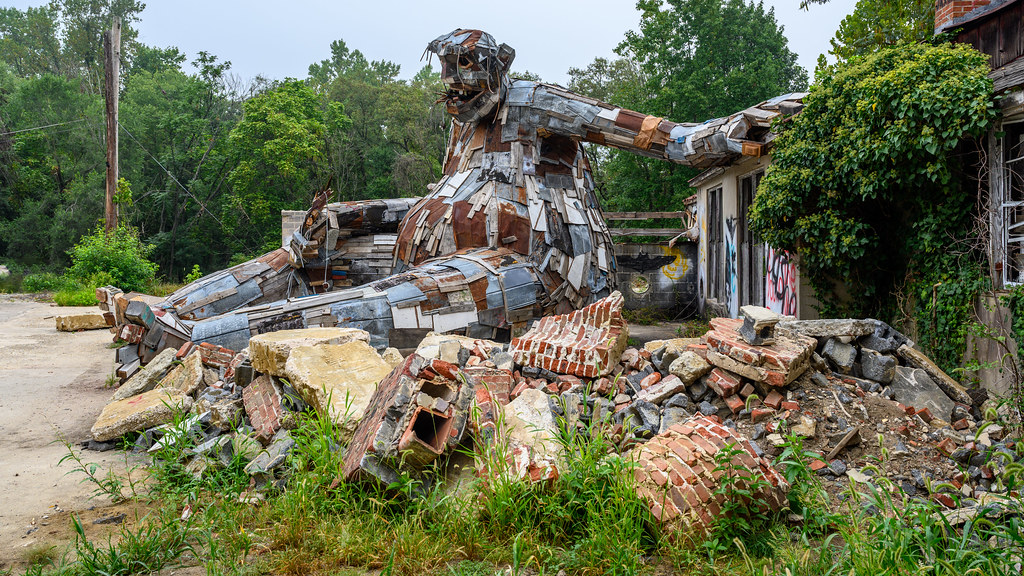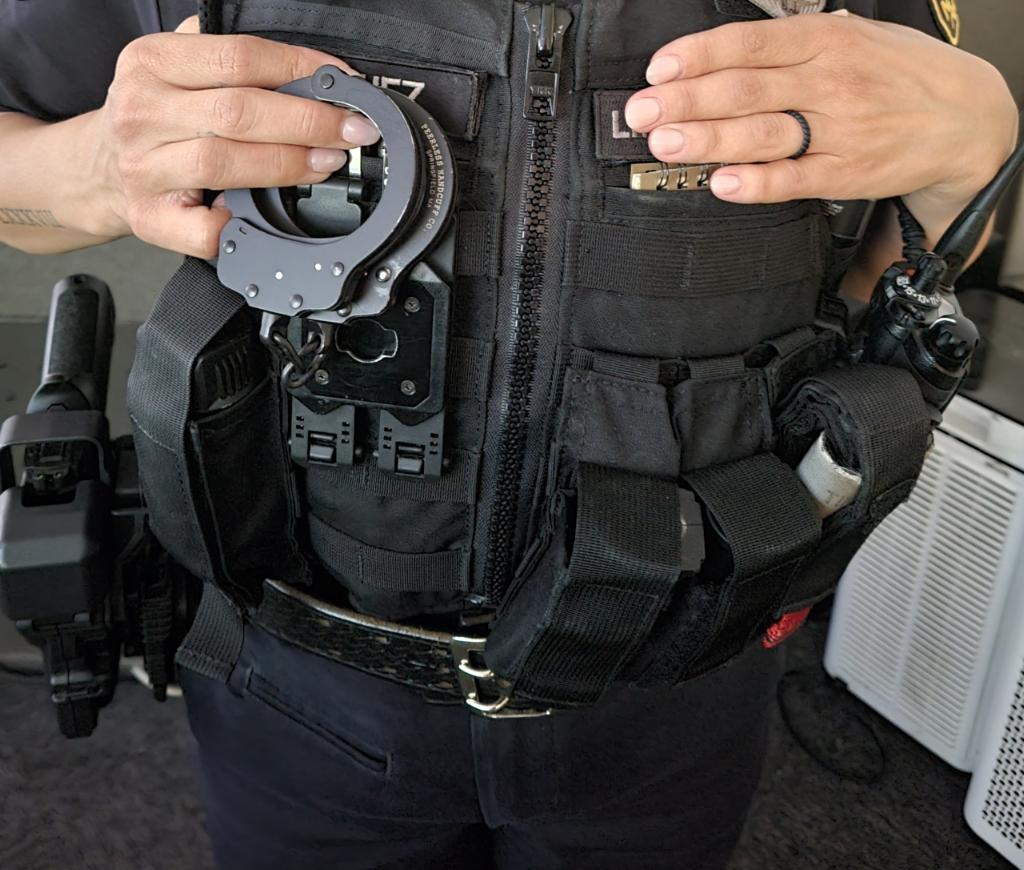If you have noticed many stores are selling different colored pumpkin baskets for trick or treating, but do you know the real meaning behind each color? These non-traditional pumpkins are used to raise awareness.
Teal pumpkins
A child’s food allergy is shown by a teal pumpkin bucket. The organization launched the Teal Pumpkin Project, which it describes as a “simple way to make trick-or-treating safer and more inclusive for the 1 in 13 children living with food allergies, and many others impacted by food allergies and other conditions. By putting a teal pumpkin on your doorstep it shows that the candy you offer is non-food trinkets and treats that are safe for all trick-or-treaters.
Purple pumpkins
Ron Lamontagne launched the Purple Pumpkin Project in 2012. After learning that his youngest son had epilepsy in 2009, Lamontagne wants to help spread the word about the disorder. The American Association of Neurological Surgeons defines epilepsy as a brain condition marked by recurrent seizures. The Epilepsy Foundation estimates that 50 million individuals globally and three million Americans suffer from the condition.
Blue pumpkins
The blue pumpkin buckets are used to indicate that a child may have autism or a sensory processing issue, but they are not associated with any particular fundraiser or organization. According to Zoe Goss, director of advocacy at the Autistic Self Advocacy Network, “for many kids, trick-or-treating is a really fun part of Halloween, and we don’t want anyone to be left out of that.” “It’s crucial to consider whether I’m preventing someone with a disability from participating in this experience.
Courtesy on Halloween
While we often consider the shout of “trick-or-treat” to be a pinnacle part of well trick-or-treating, sometimes speaking up is not a simple task. It can be fun to see little witches, pumpkins and cowboys yelling out the phrase through a big smile, but the verbal exchange is not necessary and should not be forced to get those treats.
“Not everyone is able to say ‘Trick or Treat’ to you. If someone comes up to you and doesn’t say it, it’s okay to just give them the candy,” said Goss. “You don’t have to make them say that phrase because some people don’t speak or some people have a lot of difficulties in social situations, it may just not happen.” If someone doesn’t talk to you aloud, don’t assume that they are being impolite or have forgotten their manners. Offer them the same treats you give to all other guests and meet them where they are instead.











